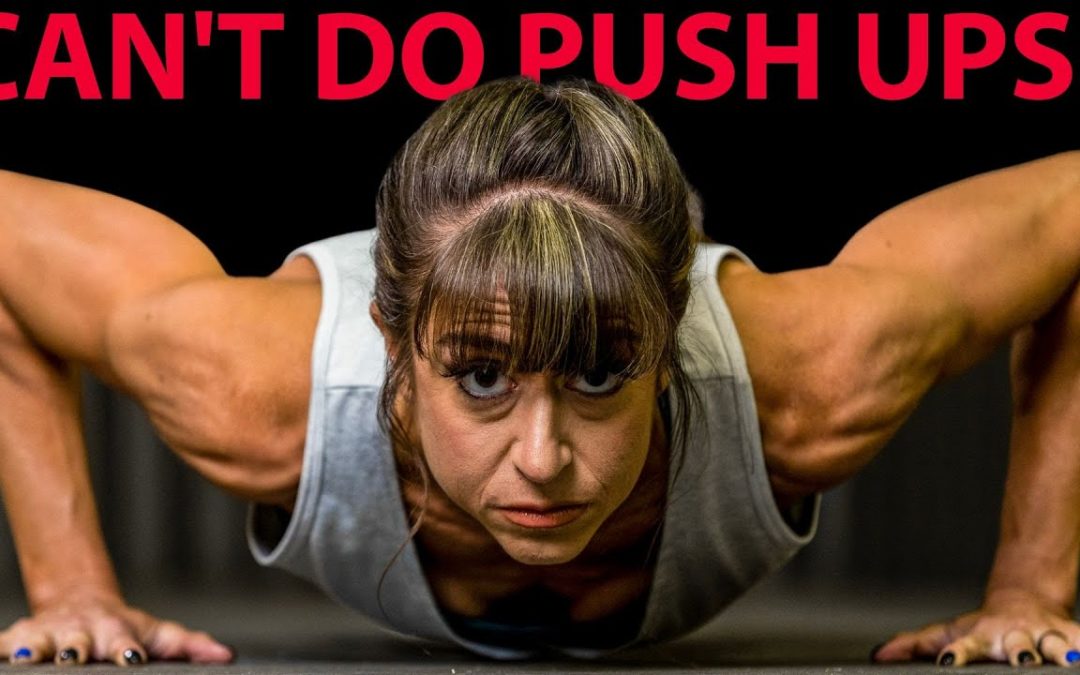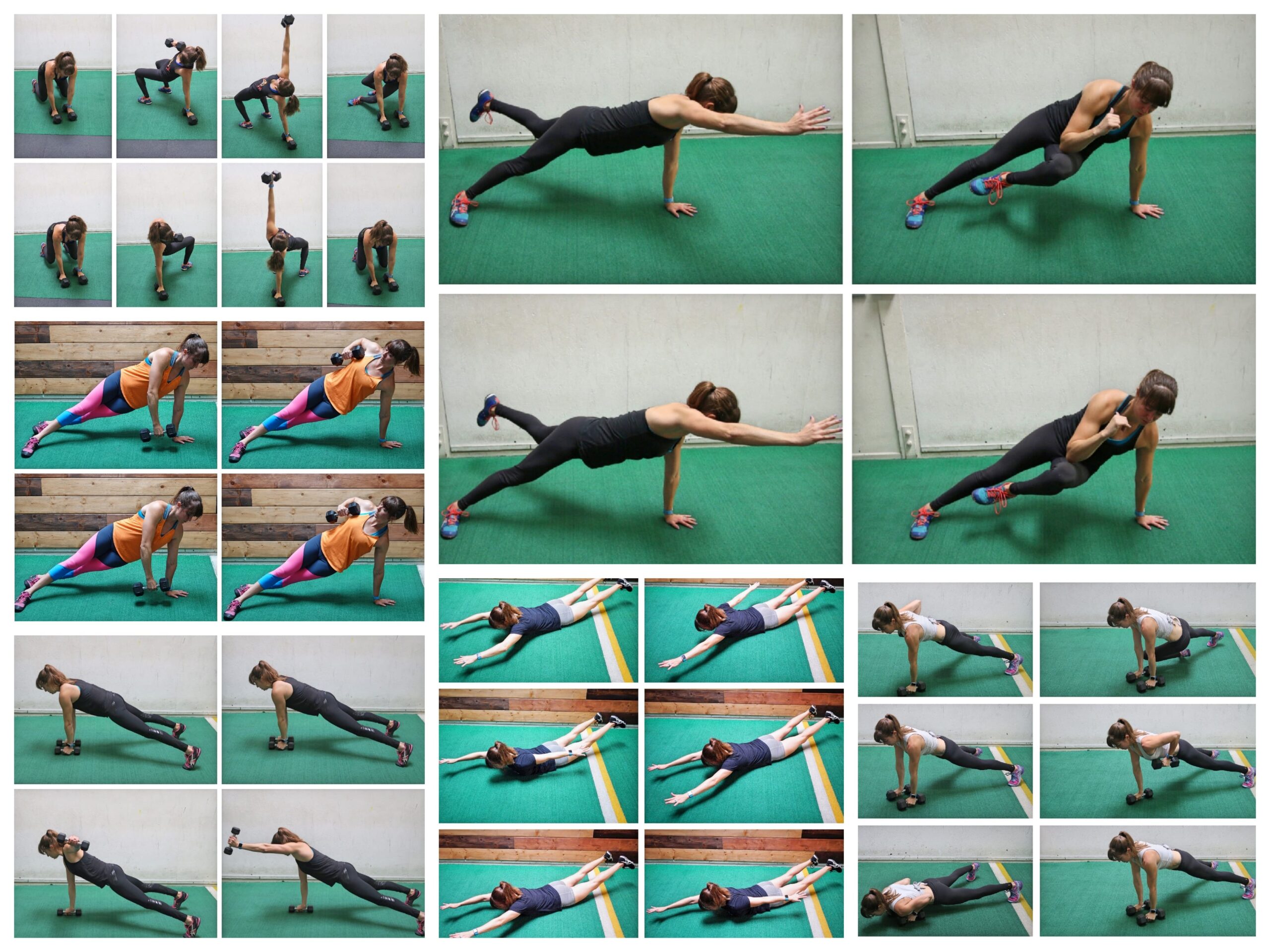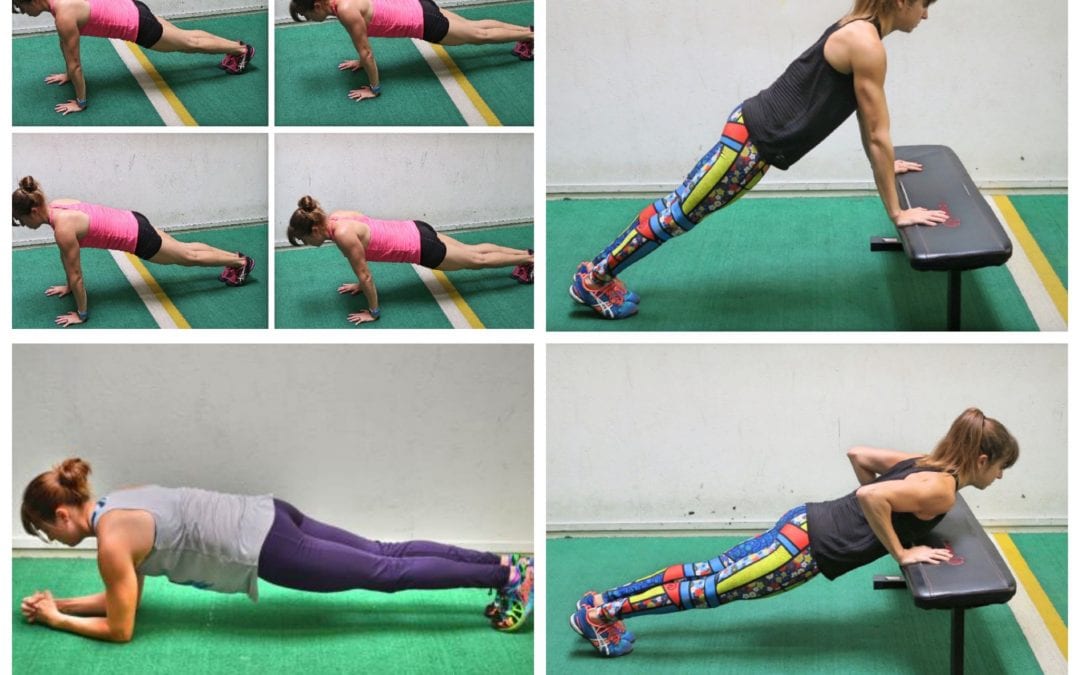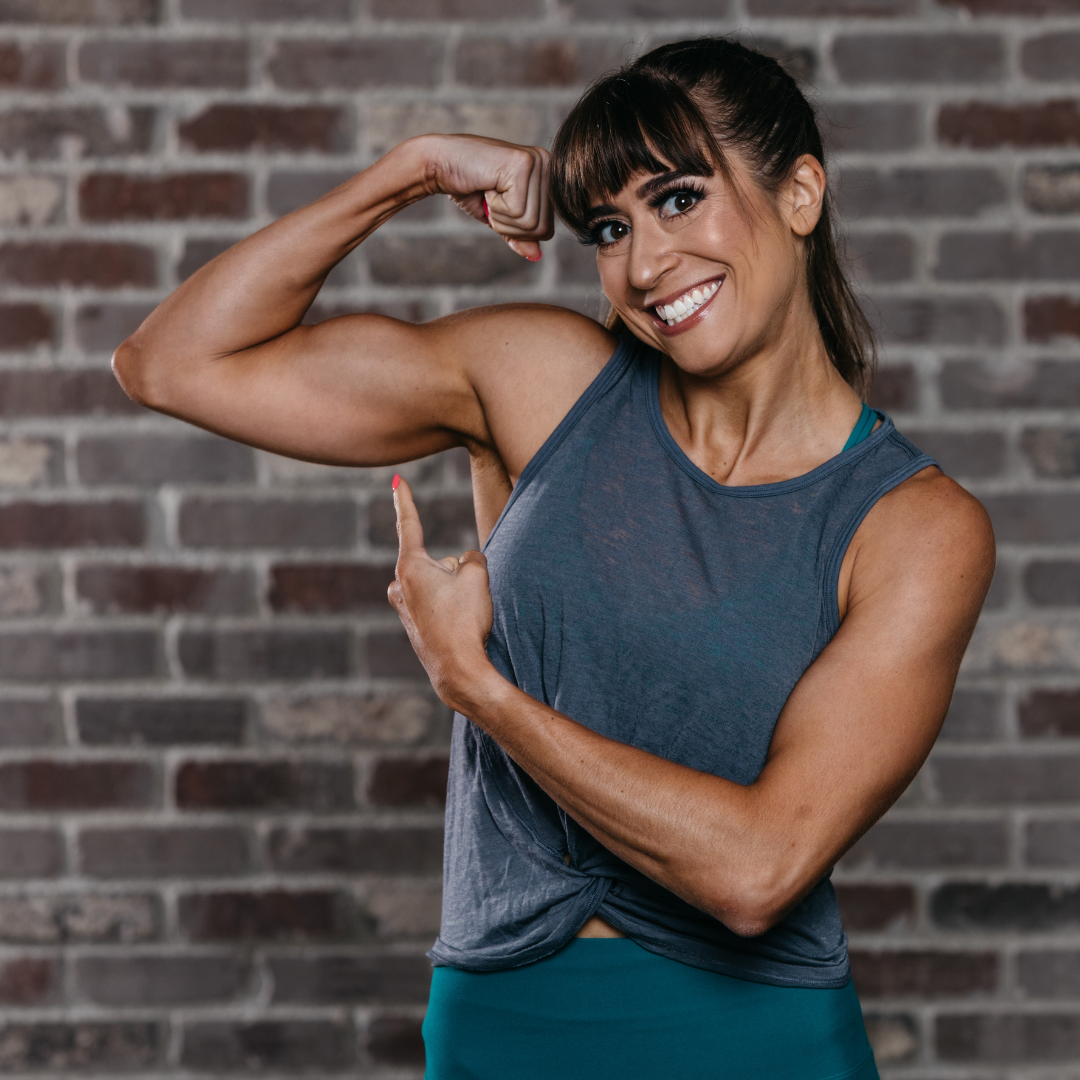
by Cori Lefkowith | Nov 20, 2022 | Blog, Bodyweight, Exercises
Often when we can’t do a move like push ups, we think that there is just muscle weakness we need to address. So we start doing more strength work for those muscles like our chest or maybe shoulders or triceps. But even doing this strength work, we can feel like we’re...

by Cori Lefkowith | Mar 2, 2019 | Blog, Exercises, Push Ups
Hybrid exercises are a great way to target those “trouble zones” while working more muscles in less time so you can be efficient with your workouts and not have to spend hours in the gym. These hybrid exercises will help you work your arms, shoulders,...

by Cori Lefkowith | Jan 12, 2018 | Blog, Bodyweight, Exercises, Push Ups
To improve your Push Ups, you’ve got to actually practice doing them. The problem is…So many of us do them wrong to start! We have poor form and don’t engage the correct muscles so we are stuck at a modified variation FOREVER. Or we try and progress too quickly...




